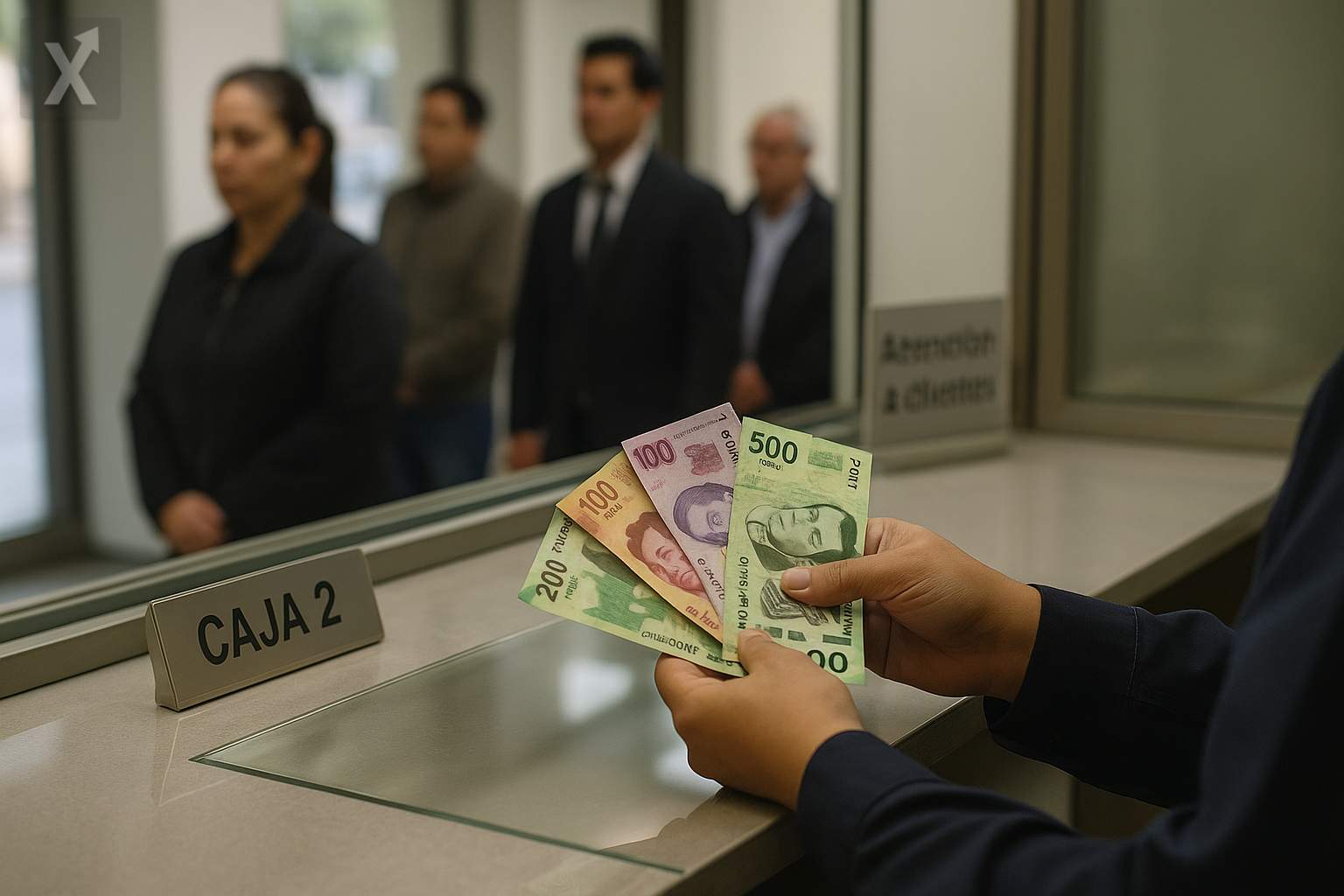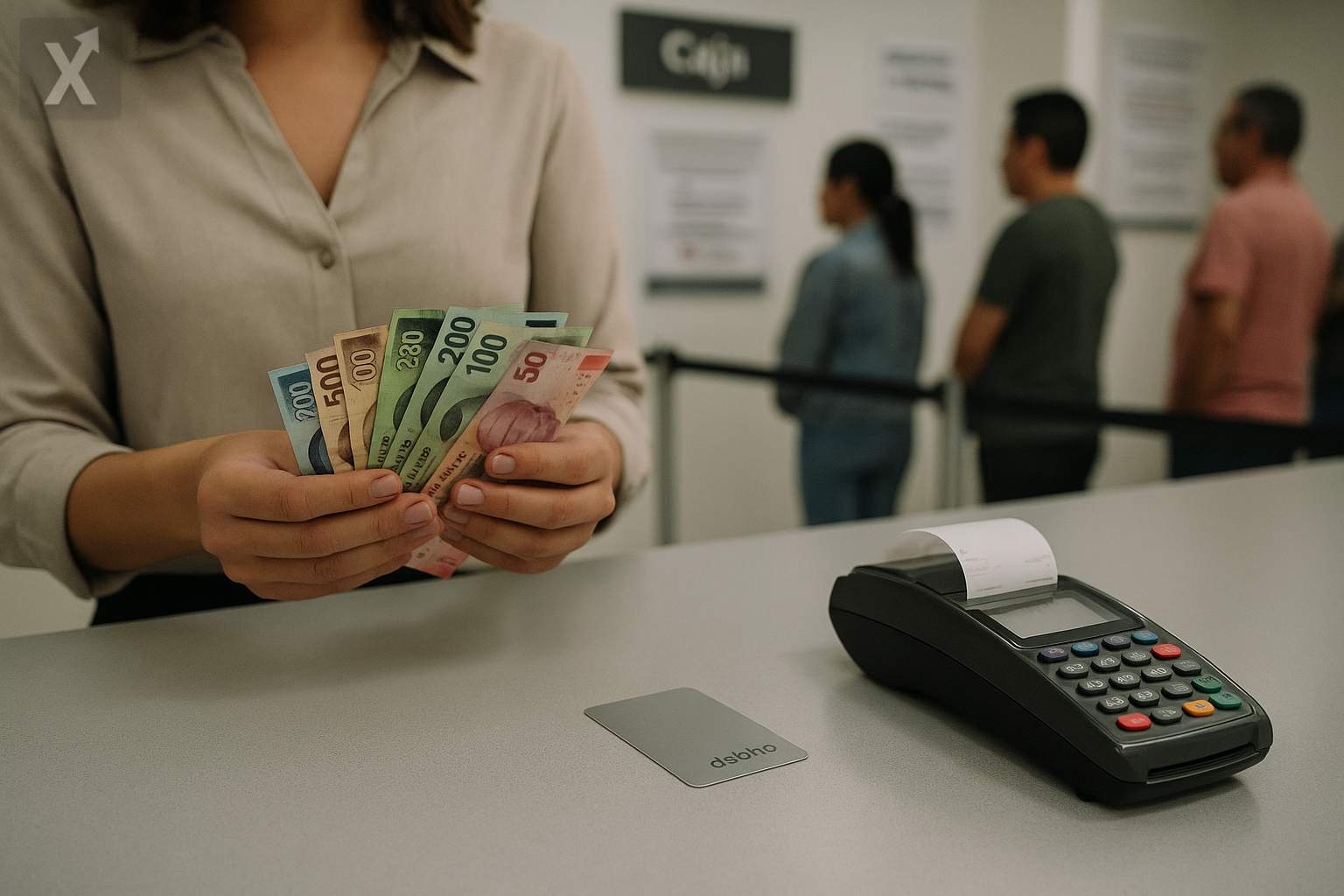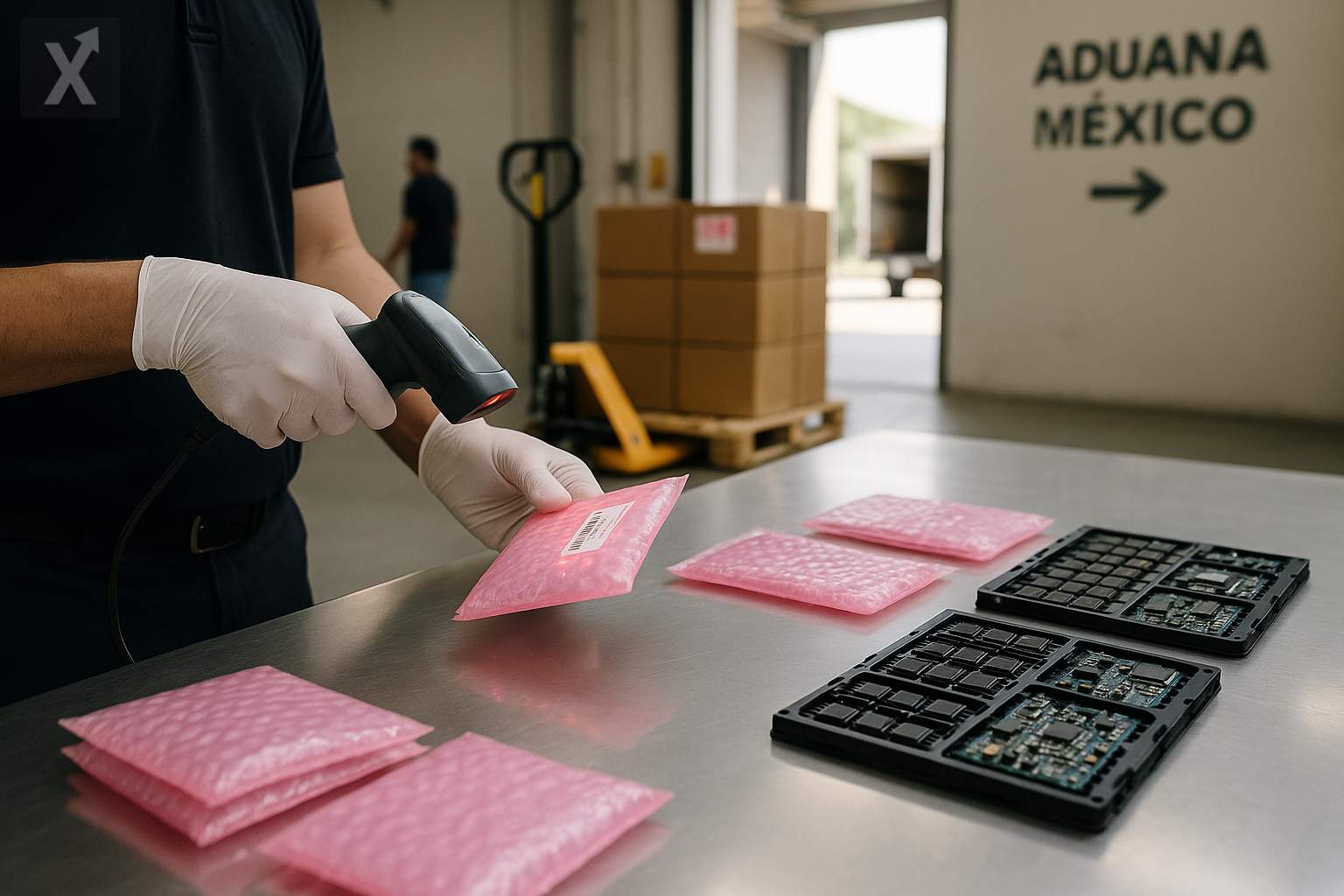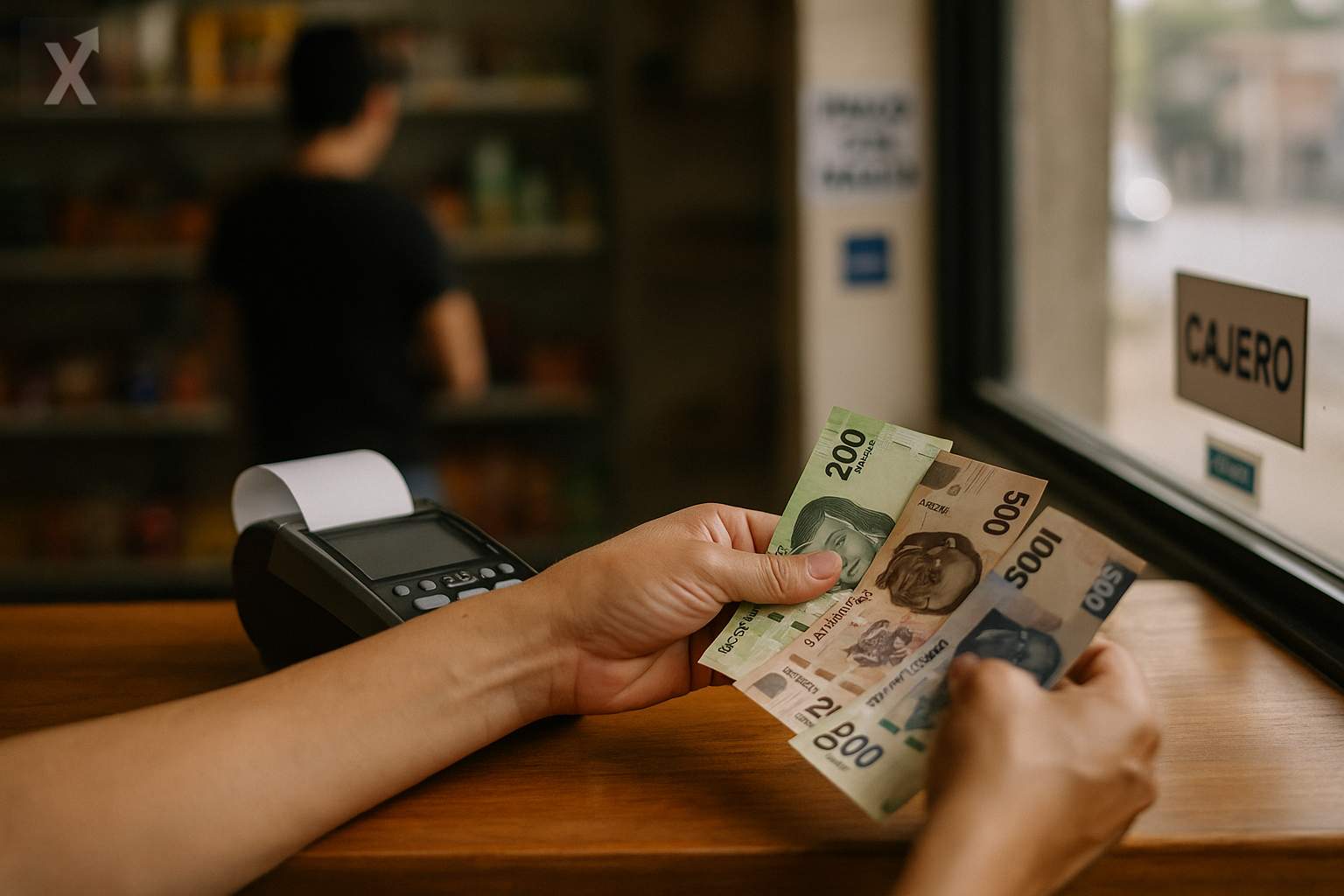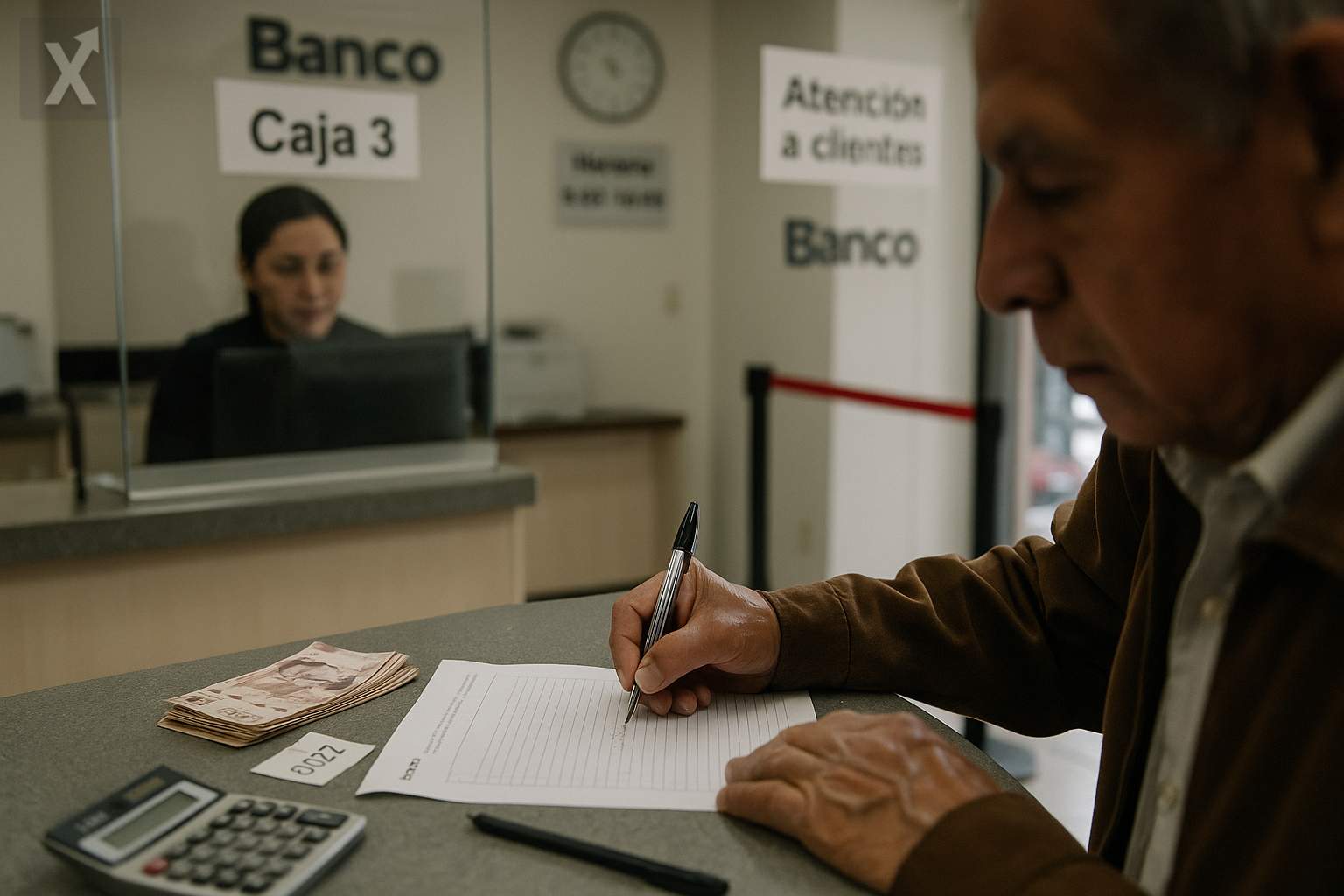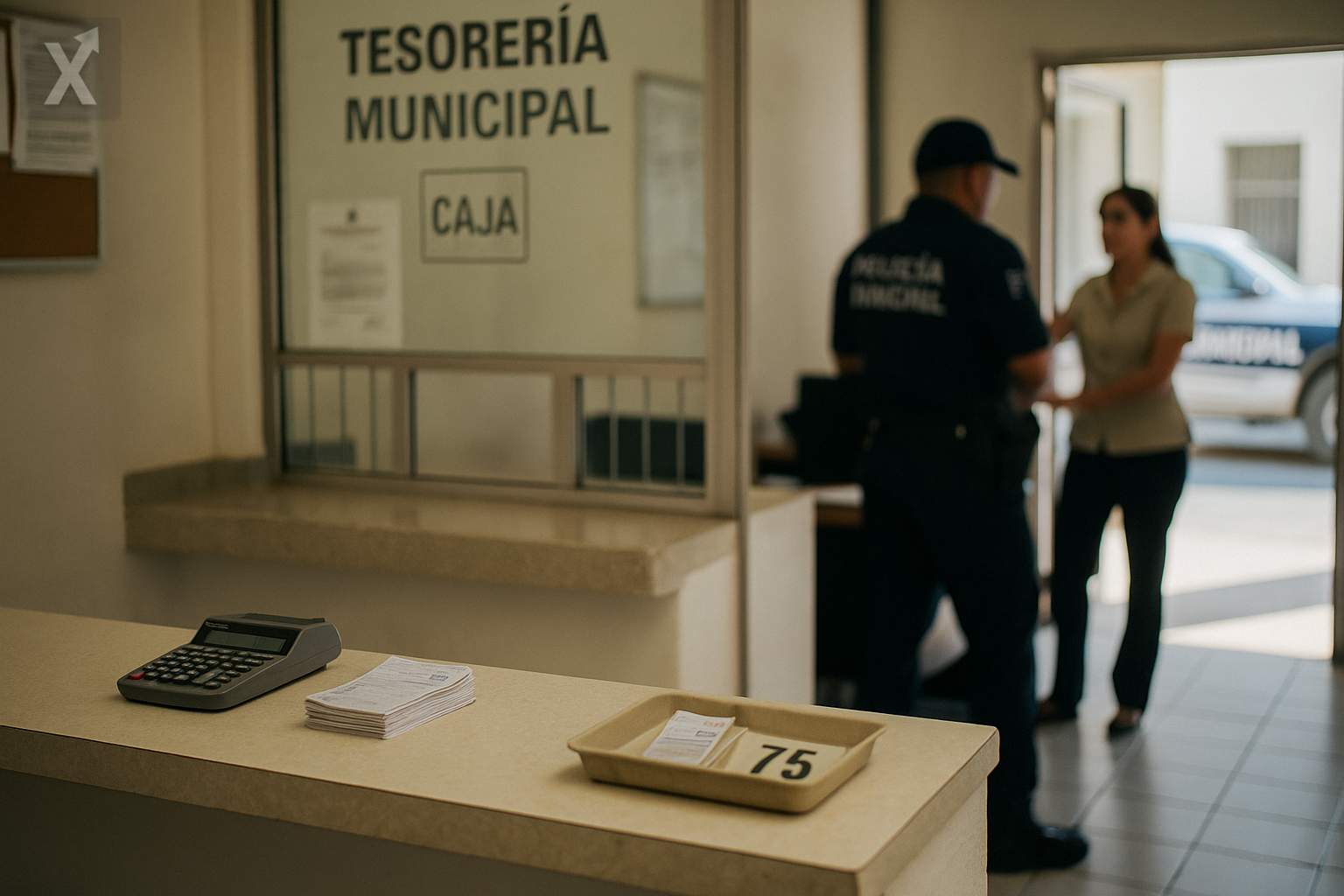Mexico Tightens Anti-Money Laundering Controls on Crypto Assets and Construction; Lowers Reporting Thresholds and Increases Oversight

The Tax Administration Service (SAT) and the Financial Intelligence Unit (UIF) have ramped up oversight of operations involving virtual assets and the financing of real estate projects. This follows the publication of reforms to the Federal Law for the Prevention and Identification of Operations with Illicit Proceeds in the Official Gazette on July 16. The update brings Mexico in line with international standards against money laundering and terrorist financing, and is applicable even while specific general rules that will outline operational procedures are still pending.
Among the most significant changes, the threshold for mandatory reporting of virtual asset purchases or exchanges has been lowered to 210 UMAs (about 23,814 pesos), down from the previous 645 UMAs (approximately 72,975 pesos). In addition, providers of these services must now identify their clients at all times with official documents, proof of address, and tax information, strengthening the traceability of transactions in a sector where informality and unregulated platforms have made monitoring difficult.
The reform also newly classifies the financing of construction projects and residential developments for sale or rent as a "vulnerable activity." From the initial capital contributions, developers must now identify investors and, when the volume of transactions exceeds 8,025 UMAs (about 910,035 pesos), submit reports to SAT for onward referral to the UIF. The goal is to close risk gaps in the early stages of projects, where capital flows have historically faced less scrutiny.
Another notable change is the explicit inclusion in the law of value storage instruments (such as prepaid cards, e-wallets, and vouchers), which will now be subject to identification and reporting requirements whenever their issuance, sale, or deposit of funds equals or exceeds 645 UMAs (around 72,975 pesos) per transaction. This aims to limit the use of easily circulated products to conceal the origin of funds.
This regulatory tightening comes at a time of rapid growth in digital payments and non-bank financial services in Mexico, driven by the adoption of e-wallets and activity by fintech firms authorized by the National Banking and Securities Commission. While the Bank of Mexico restricts direct exposure of regulated entities to crypto assets, the wider ecosystem of platforms and virtual service providers continues to grow—making customer due diligence and interoperability with FATF standards increasingly critical.
From January to May, the UIF reported receiving 6.864 million "vulnerable activity" notifications from tax authorities, an increase over the same period last year. This rise reflects both increased formal economic activity and stricter compliance by obligated parties. At the same time, authorities are prioritizing higher-risk cases using analytics and data matching to avoid overloading low-risk sectors with inspections.
For the crypto asset sector, the new thresholds and obligations mean strengthening identity verification, risk management, and reporting processes, as well as adjusting systems to comply with the FATF "travel rule" for transfers between providers. Increased compliance costs and potential consolidation among service providers are expected, but there will also be greater legal certainty for integration with banking and correspondent networks, which is key for operating in pesos and partnering internationally.
On the real estate front, developers, investors, and marketers will need to update due diligence manuals and workflows even from the pre-sale and funding stages, working in coordination with notaries and trustees. The update comes amid ongoing industrial nearshoring and steady demand for mid-range housing in various regions, so the goal is to shield capital flows without stifling productive investment. The challenge will be balancing strong controls with financial inclusion, especially for small-scale contributors.
At the macro level, this move comes as Mexico sees moderate growth, inflation converging toward target, and a still-tight monetary policy, with gradual rate cuts starting in 2024. A robust anti-money laundering framework helps preserve ties with international correspondents, reduces reputational risks, and provides certainty to investment flows related to manufacturing relocation and supply chains—factors that continue to drive the Mexican economy.
Looking ahead to implementation, obligated entities should anticipate updates to general rules and prepare for tech upgrades, staff training, and data protection. Coordination among the SAT, UIF, and financial regulators will be key to applying the changes with a risk-based approach, preventing overlaps, and ensuring operational clarity—especially for non-traditional providers and cross-border platforms.
In summary, Mexico is lowering thresholds and expanding the scope of vulnerable activities to close gaps for money laundering in crypto assets and real estate. The tightened requirements increase compliance demands in dynamic sectors, but they could also boost system confidence and integration with international markets—provided they are applied proportionally and with regulatory certainty.
